This northern Italy itinerary makes for a classic European travel route, combining epic mountain scenery, shimmering lakes, and cities steeped in history,
Having an excellent rail network, this part of Italy is also perfectly explored by train. Read on for my exact travel route and practical tips for travelling around Italy by rail.
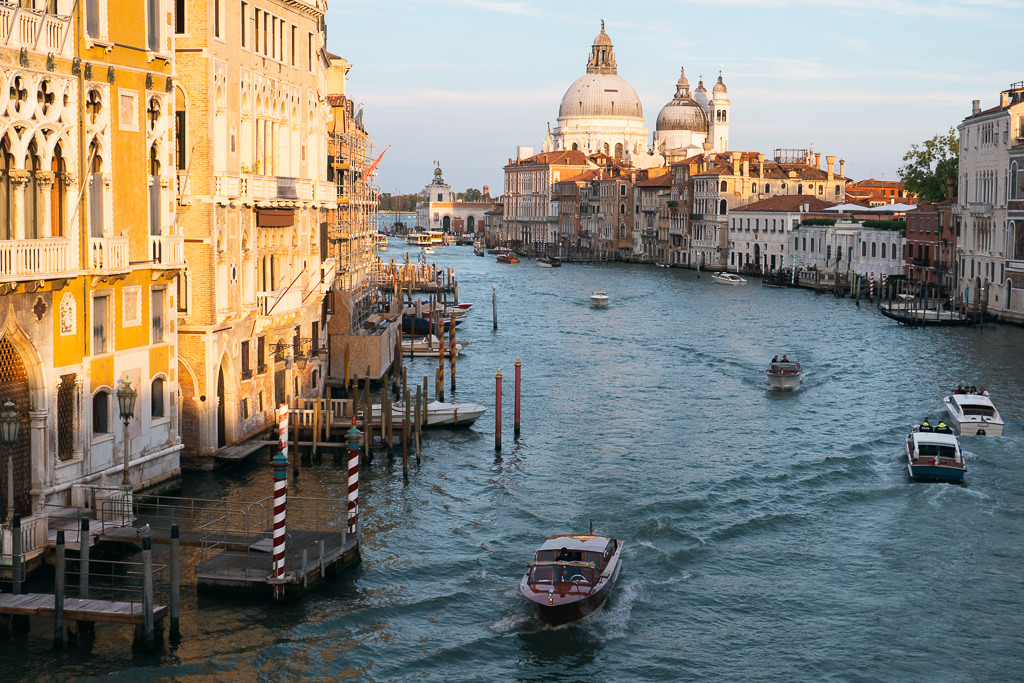
Plan your trip in Northern Italy
Why travel in Italy by train?
Italy has a comfortable and efficient train network with many high-speed train connections between the major cities.
Even many smaller towns, such as those around the Lakes, are easily reached using local trains. You can even go on some scenic train rides through the mountains.
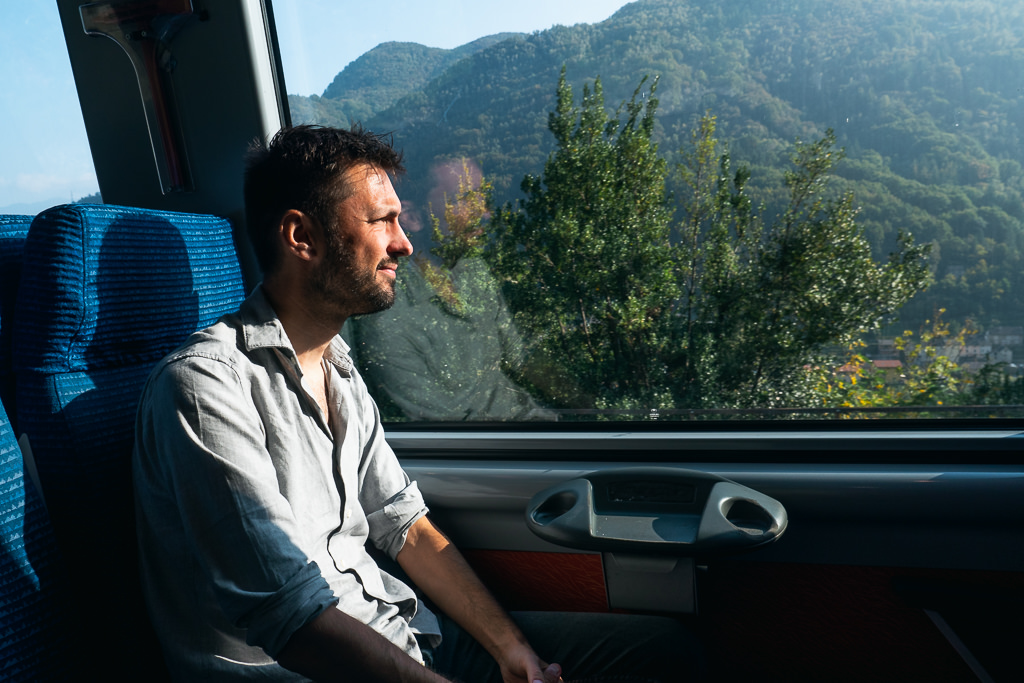
Northern Italy is relatively expensive, so not having to rent a car for a road trip meant that we could spend more of our budget on accommodation and attractions.
If you’re American, it’s useful to know that public transportation in Italy (and Europe generally) is quite different from the USA. Public transport receives a lot of investment in Europe and is typically fast, convenient, and can even be preferred over driving.
You also have the benefit of arriving right in the center of the city, close to the tourist areas and accommodations.
How to book trains in Italy
Buying train tickets can be a bit confusing in Italy. Multiple companies operate on the same network, each with its own ticket booths and schedules. The booking sites and tickets are usually in Italian and not in English.
Fortunately, there are several European ticket booking sites that work very well in Italy: Omio, Trainline, and RailEurope. I’ve used all three but I now only use Trainline, mainly because of their great app, which will show you live departure times and other useful info.
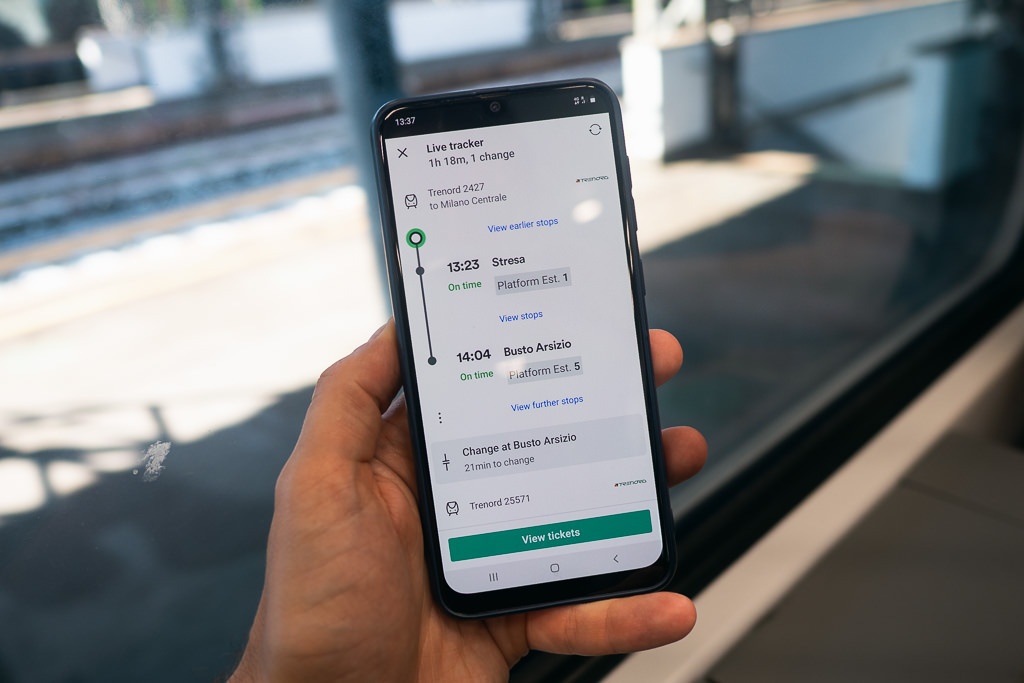
You don’t have to use the app though. You can just buy tickets at Trainline.com and buy them for all the passengers at once. You’ll then simply get an email with all the tickets.
Trainline sells the exact same tickets and at the same prices as the Trenitalia or Italo rail companies. It just makes it easier to pay by credit card or PayPal and to buy tickets with just a few clicks.
Typically, it will give you a PDF file with a QR code that can be scanned by the conductor or at the station access gates.
Always double-check if you selected the correct station. Venice has two main stations: one for the historical area and one for the new part of town on land. Milan also has multiple major stations (e.g. Milano Porta Garibaldi and Milano Centrale).
Where to start your trip
If you’re taking a train into Italy
There are many ways to arrive in Italy by train. Milan is the obvious starting point if you’re coming from other countries by rail.
Paris to Milan is a direct connection taking ±7 hours. It runs via Turin.
Frankfurt to Milan has a high-speed direct connection taking ±8 hours, which passes by Basel and other places in Switzerland. This train also stops at Lake Como so you could potentially get off and start your northern Italy trip there.
It’s also possible to get to Italy by train directly from Switzerland or Slovenia.
If you’re flying to Italy
Many people probably start their trip in Rome as this is where many international flights arrive. In this case, your itinerary might look like this:
Rome → Florence → Venice → Milan → the Lakes.
We opted to start our trip in Venice because there was a cheap and convenient flight there from our home city (and we’d been to Rome before). Our northern Italy itinerary became:
Venice → Florence → Milan → Lake Como → Lake Maggiore.
Milan can be a great starting point too. Its airports are very well connected with Milan Bergamo being a major hub for Ryanair and other budget carriers. Keep in mind that Milan Bergamo is about an hour outside of Milan. Bergamo is connected by rail to Milan as well as to Lake Como.
Northern Italy itinerary
You can do this trip in many different ways, but I’ll just describe it in the order we chose to do it.
We started with busy Venice and then slowly went down the scale of intensity until reaching some very relaxed places by the lakes at the end. I thought this was quite a nice way to structure the trip, which let us get the more intense sightseeing out of the way first.
Venice
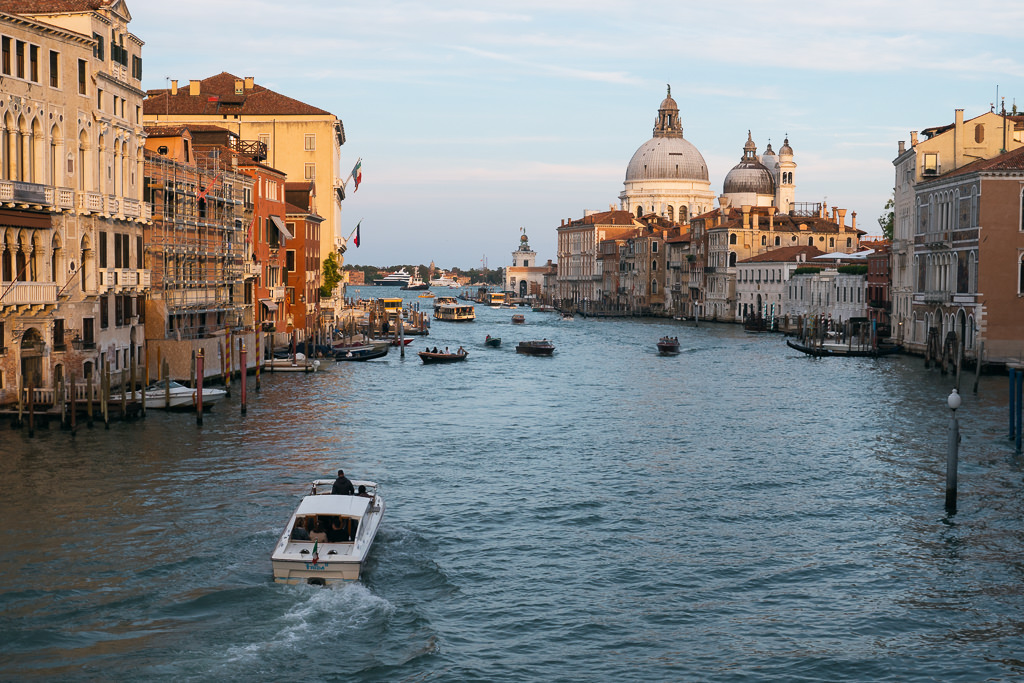
Yep… Venice is one of the most touristy places in Europe. It is known to get overcrowded during the summer high season, though at the end of September, I found it very enjoyable to explore.
To appreciate this city, you will need to accept that nearly everything in Venice revolves around tourism. Once you do, it’s an amazing place to visit.
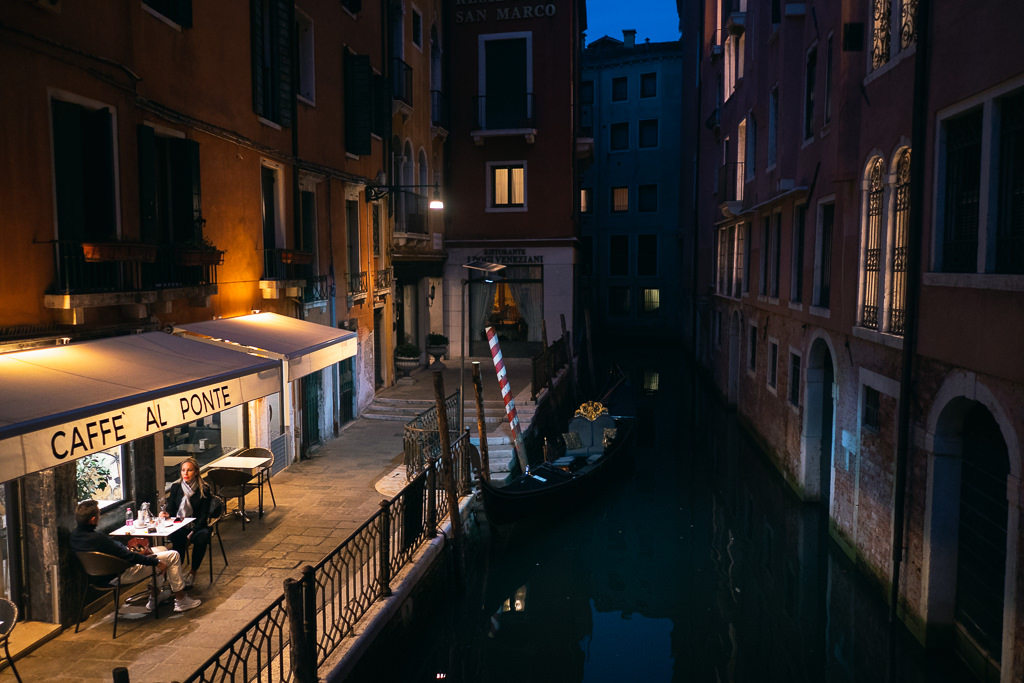
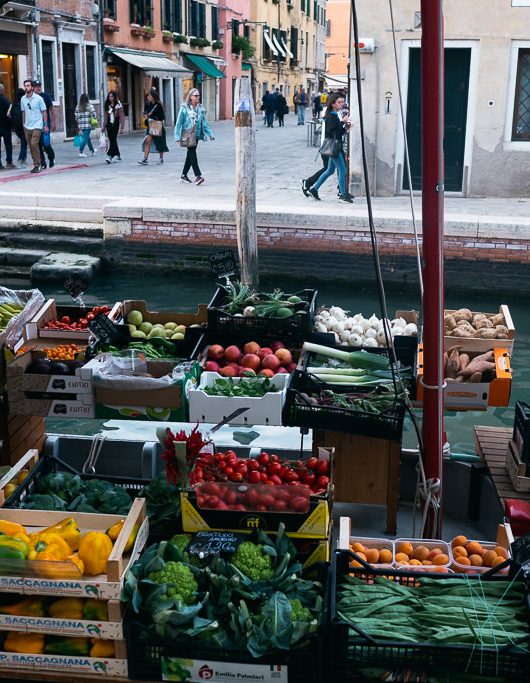
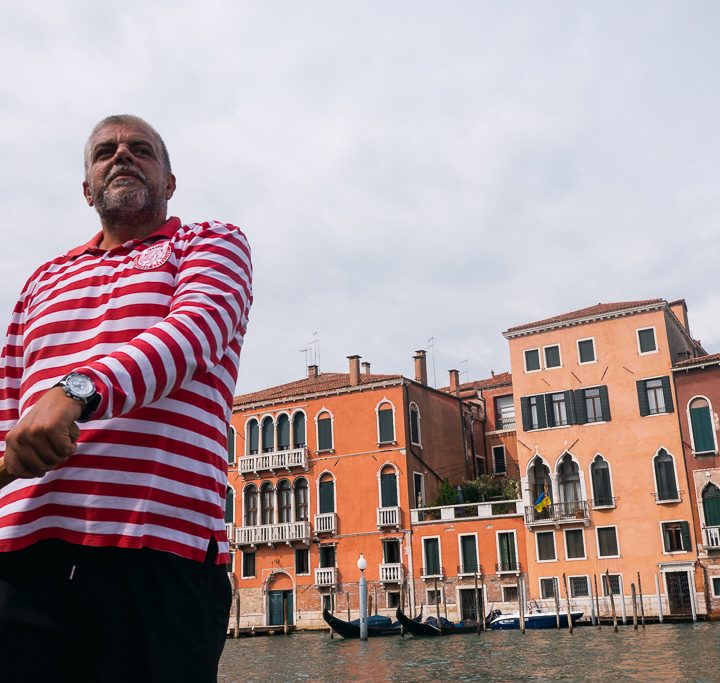
It can still get a bit too crowded along the main thoroughfares even in the shoulder season, though this is offset by the complete lack of motorized traffic, creating a sense of calm that you would never experience in almost any other city.
The urban layout, architecture, and history of Venice are utterly fascinating. The Doge’s Palace, St. Mark’s Museum, and Museo Correr are all highly worth it and were my favourite aspects of visiting Venice.
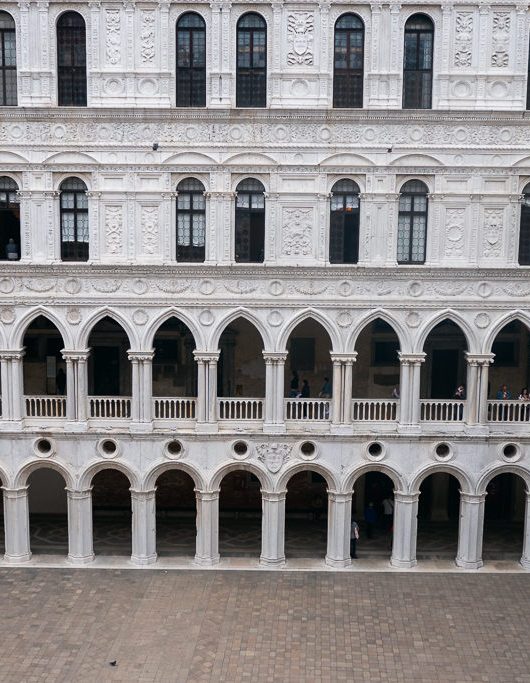
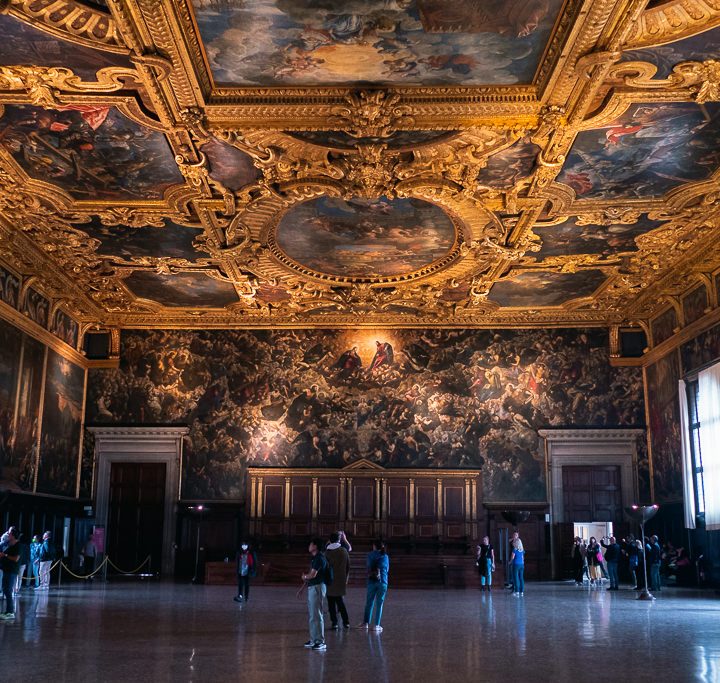
Venice by train: if you’re staying in the old town, you’ll arrive at Santa Lucia station. From there you’ll need to walk or take a ferry or water taxi to your destination. If you’re staying in the new part of town (which I only recommend if everything else is booked or you’re trying to save money) you can arrive by train at Santa Lucia or take a bus that stops at a square opposite of it.
Train tickets: Milan to Venice | Florence to Venice | Rome to Venice
Florence
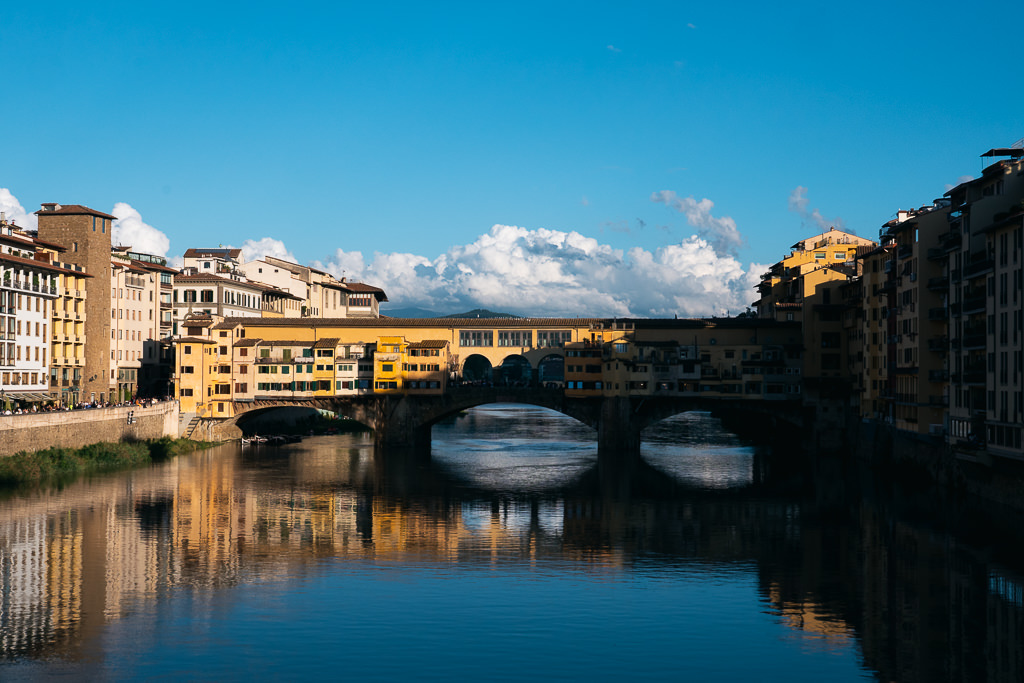
We dedicated four nights to Florence, which seemed like a lot at the time we planned our itinerary. To be honest, by the 4th day I didn’t feel like I was finished with Florence at all. If you are into museums and cultural sights then Florence is truly a cornucopia. I’d have been very happy staying there for a whole week!
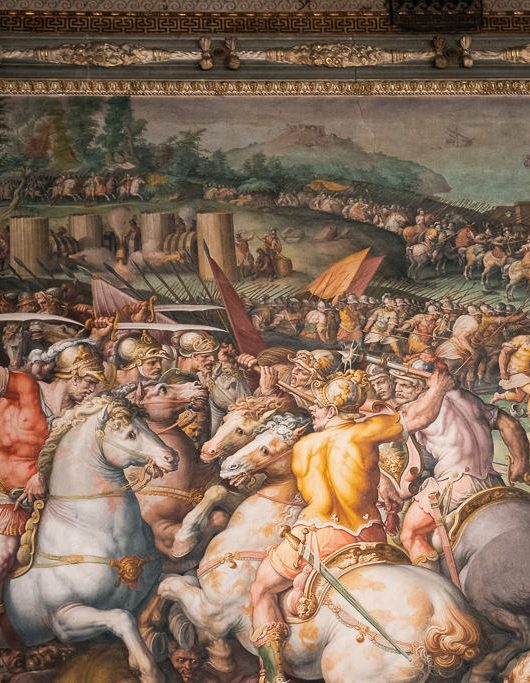
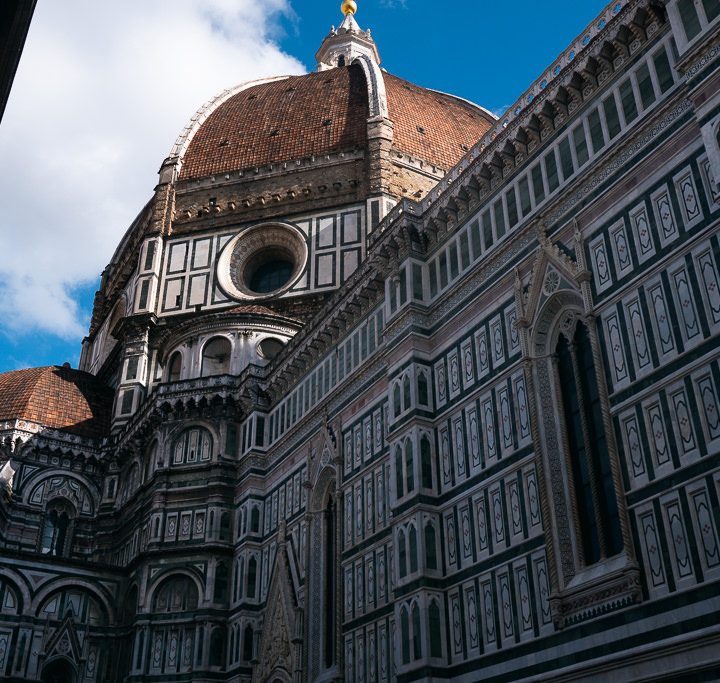
Some things are worth planning ahead a bit. For example, if you want the complete ticket for the cathedral that includes getting on top of the iconic dome, I recommend getting these in advance as these slots are limited and may sell out even outside of peak season.
The phenomenal Uffizi Gallery requires at least half a day to see properly. Around noon I found it to be quite stressful and overcrowded, but it gets infinitely more enjoyable in the later hours. I strongly suggest visiting the Uffizi in the morning or taking a big lunch break to avoid the mid-day rush.
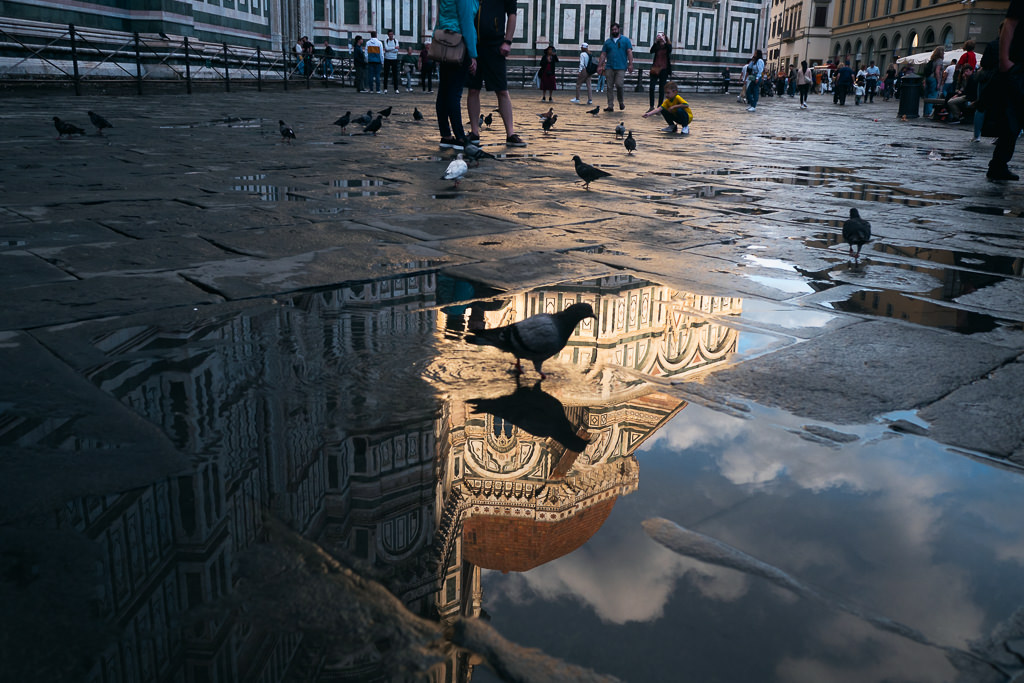
Be sure to plan out your Cathedral and Uffizi visit and make sure to keep some time free for the Palazzo Vecchio (another must-see sight), but other aspects of visiting Florence you can improvise a bit more. It’s a wonderful city to stroll around and discover. I will be going back for sure.
Florence by train: get a train to Firenze Santa Maria Novella station. From there it’s just a 5-minute walk until the start of the old city or 10 minutes to the Cathedral square.
Train tickets: Milan to Florence | Rome to Florence | Venice to Florence
Milan
We had plans to stay in Milan for a night or two, but honestly we skipped straight ahead to Lake Como. This was on account of us travelling with a 9-month old baby and, frankly, we were absolutely shattered from all the city sightseeing and were craving some quiet time by a lake.
Opinions seem divided on Milan. Some say it’s very modern and therefore not as interesting. I actually found a lot of places and things I wanted to see in Milan. My partner has been to Milan before and loves it. On a future trip in northern Italy, I’ll definitely take a closer look at Milan.
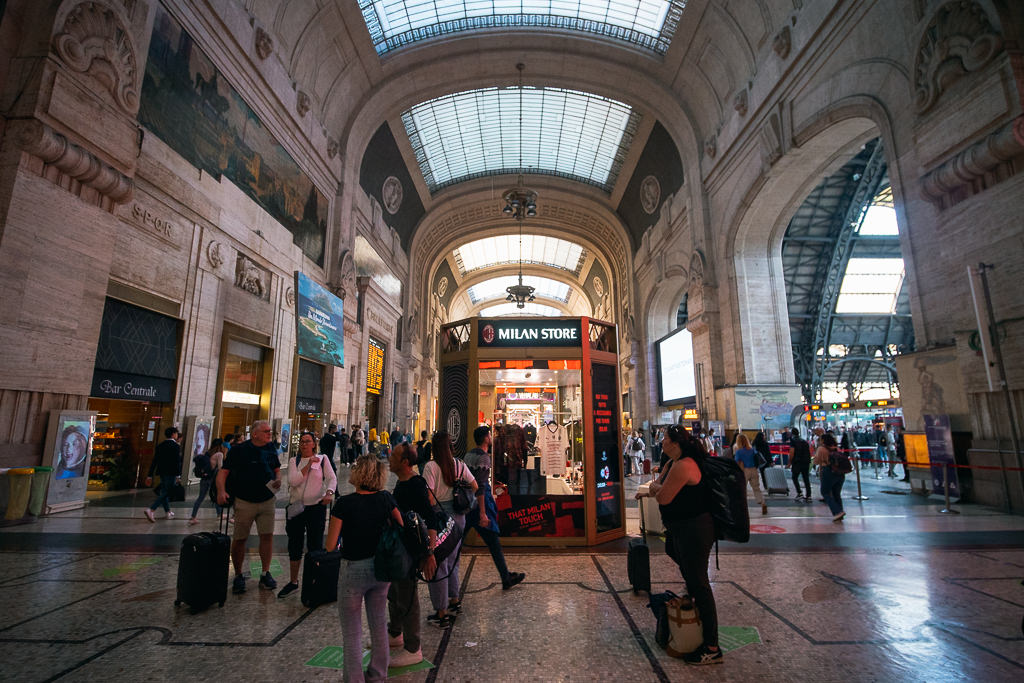
But if there’s only one place you check in Milan, make sure it is the central train station. We had a bit of a 4 hour ‘layover’ there between trains and oh my God, it is without a doubt the most impressive train station I’ve ever seen.
Not knowing at all what to expect, I was 100% boggled by the huge high ceilings, awe-inspiring galleries, and magnificent entrance hall. Opened in 1864, it was built in a mix of styles including art nouveau and art deco. Not a bad place at all to have to wait for a delayed train.
Lake Como
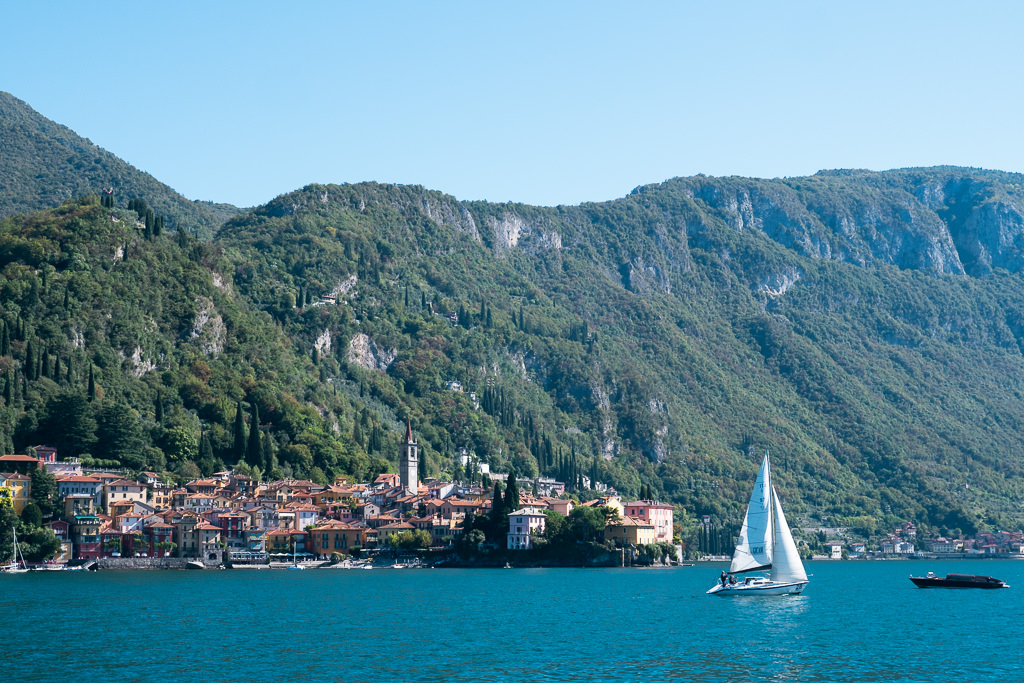
Lake Como is one of the most popular destinations in northern Italy. It’s in part made famous by the fact that Hollywood stars like George Clooney have bought properties here.
Certain hotels and mansions in the central parts of the lake, such as in the towns of Varenna and Menaggio, are definitely very fancy.
However, you don’t need to be a George Clooney to enjoy Lake Como. There are plenty of cafes and restaurants where the prices are at normal levels for this part of Italy.
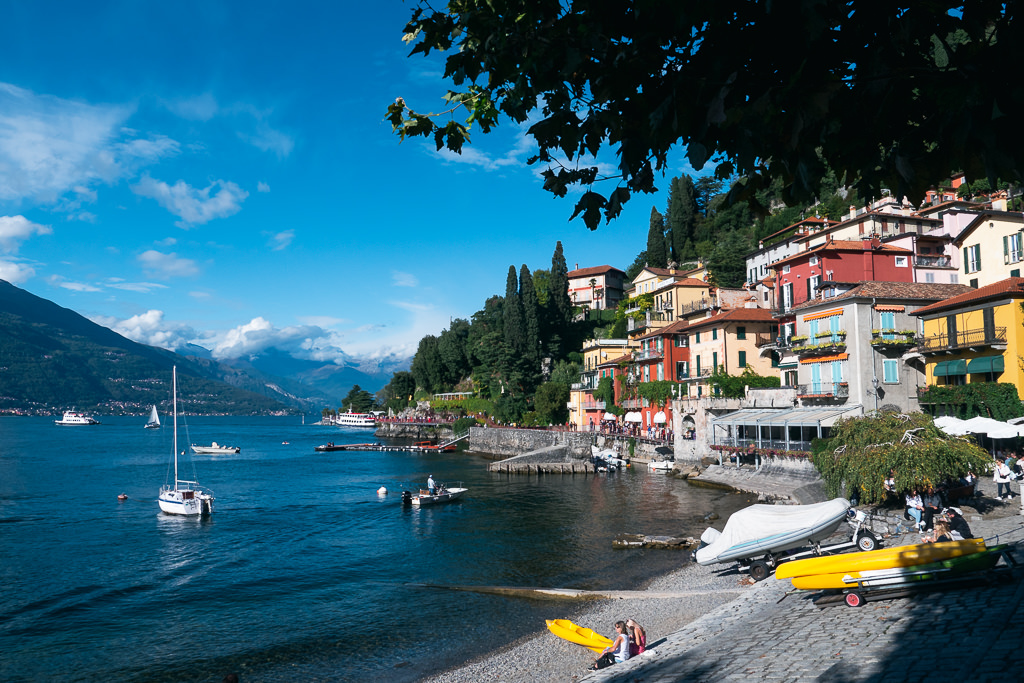
Varenna is where you’ll probably want to stay if you want to be right beside the lake and in a highly romantic location.
The unusually tall and narrow Hotel Olivedo by the docks reminded me of Wes Anderson films and would be my favored place to stay for some old-school elegance.
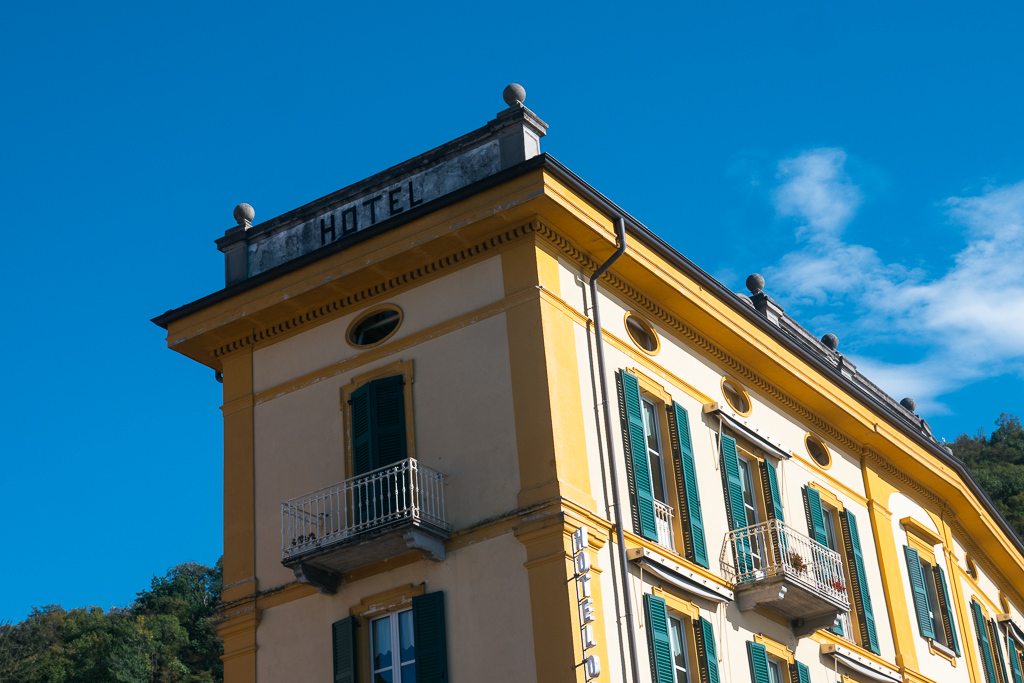
To save a bit on accommodation costs we opted to stay in the town of Lecco, located at the end of the southeastern tendril of Lake Como.
It feels a lot like a normal northern Italian town, so it’s not so touristy, though it has some nice walking streets and views of impressive fjord-like mountains.
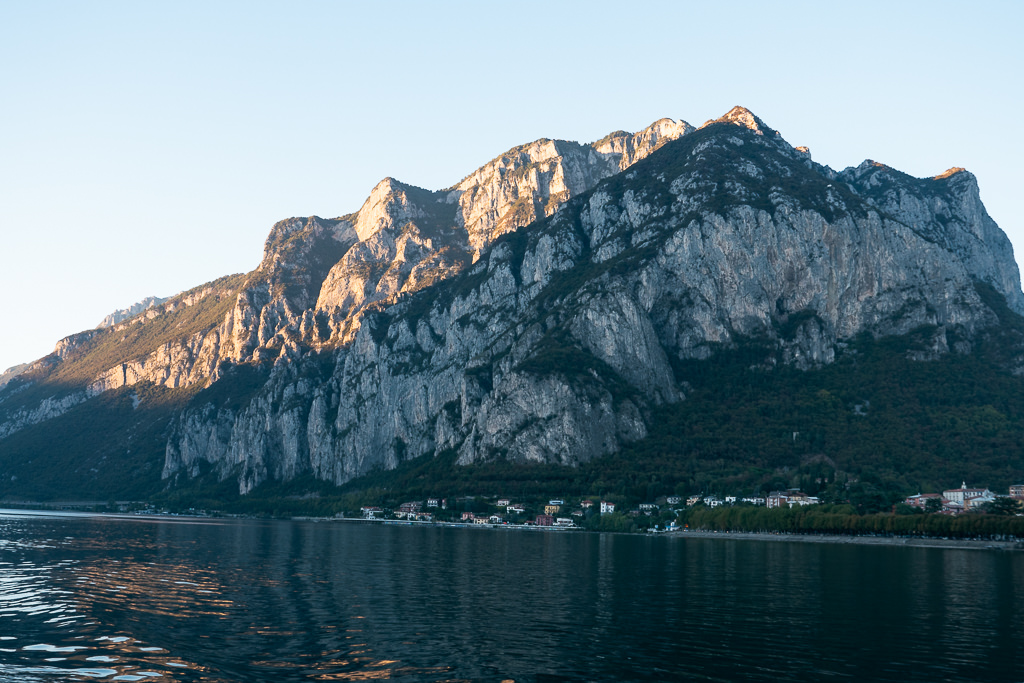
From Lecco train station it’s only 20 minutes to Varenna, which will put you right at the heart of Lake Como. There are also ferries but they take a lot longer (at least an hour).
The best thing to do on Lake Como is to go town-hopping between Varenna, Menaggio, and Bellagio. Ferries are constantly moving back and forth between these three triangularly positioned towns at the center of the lake. One of the ferries even had an old steam engine with all the pistons fully exposed inside, which was very cool to see.
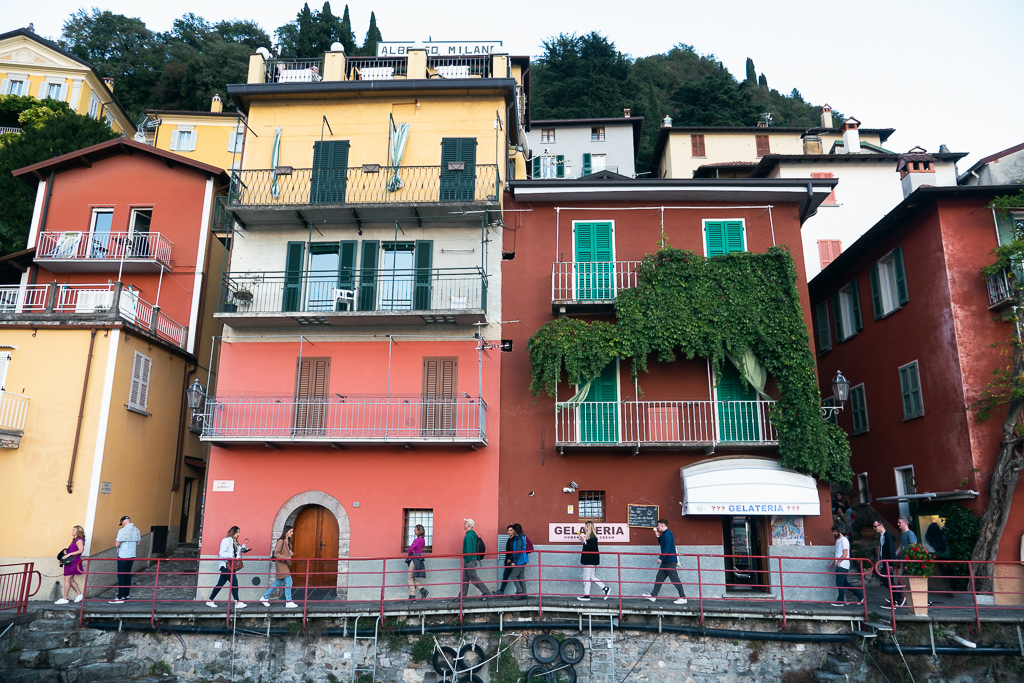
It’s possible to reach all the towns on the east side of the lake by regional train and even into the valleys north of the lake to Sondrio or Chiavenna. The west sides of the lake can be reached only by car or by ferry.
The views at Lake Como are fantastic and just sipping prosecco by the lakeside or enjoying some insanely good gelato is all the entertainment you need here.
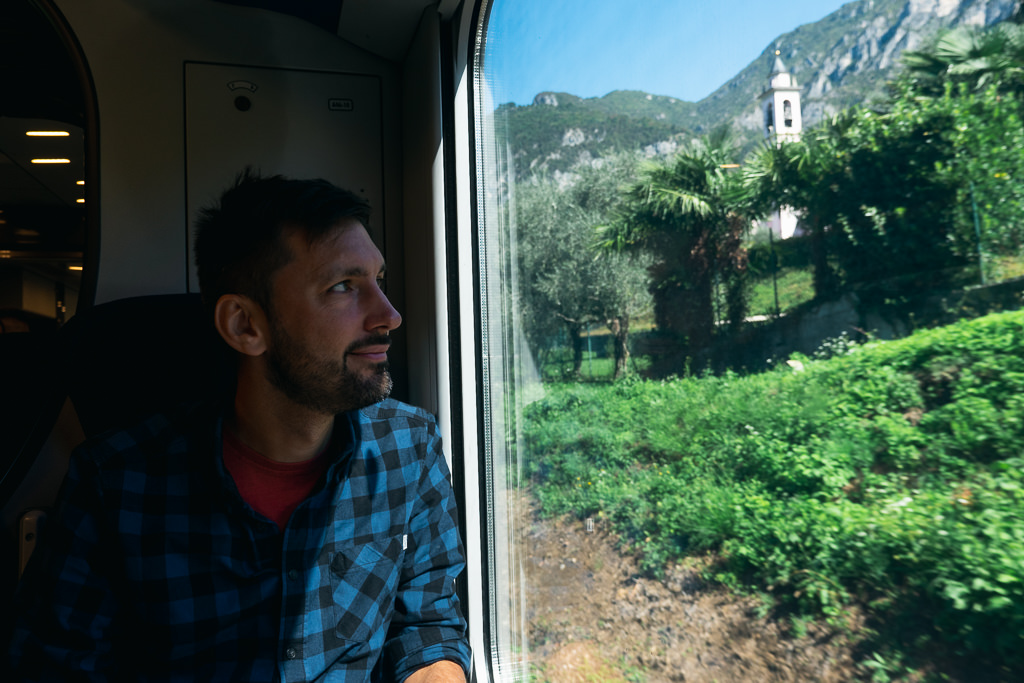
Lake Maggiore
For our final four nights, we opted to stay at Lake Maggiore. It’s not quite as photogenic as Lake Como as the mountains around it aren’t as tall.
Having said that, I much enjoyed the more laidback atmosphere at Lake Maggiore and the trio of small islands inside it that you can visit.
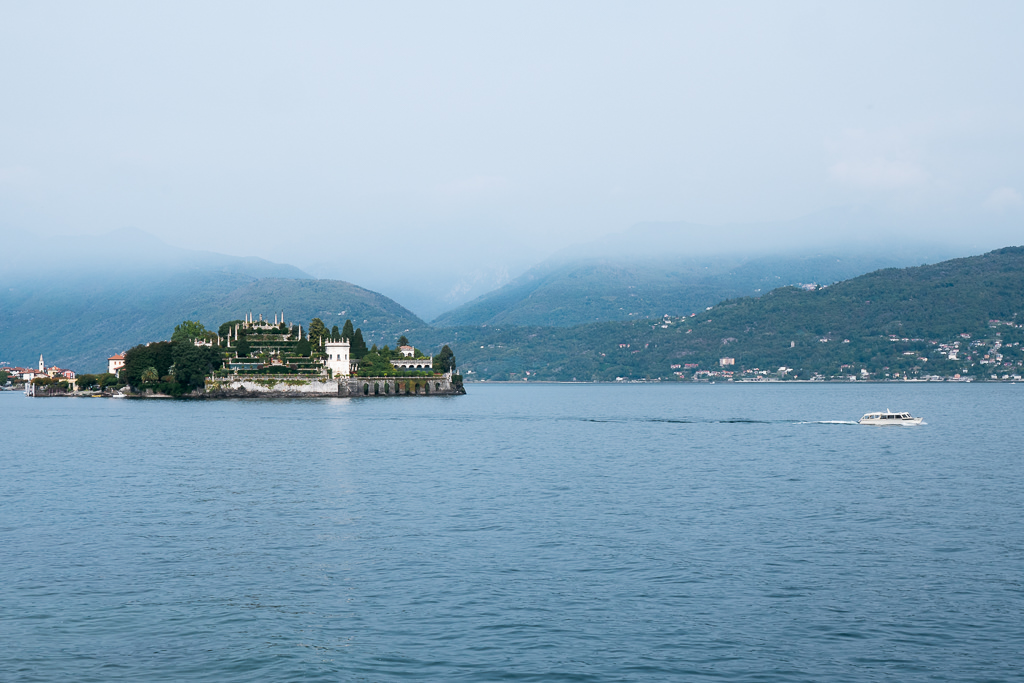
The main railway track runs along the west side of the lake. We took a train from Lake Como to Milan and changed there to a train to Stresa, a small town that still feels a bit like a 19th-century lake resort, with several stately “Grand Hotels” by the docks and various smaller hotels and B&Bs on the fringes.
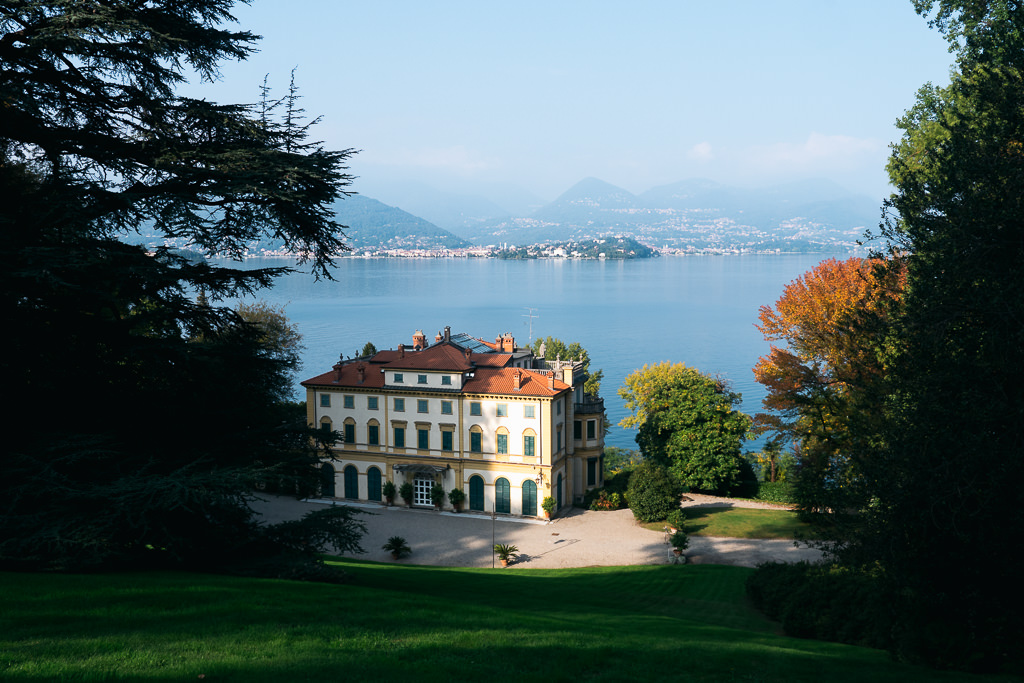
Stresa is a perfect base as from here you can easily jump on a short ferry to Isola Superiore, Isola Bella, or Isola Madre.
The latter is especially worth visiting as this small island features gorgeous botanical gardens, a mansion turned into a museum, and has various exotic birds milling about.
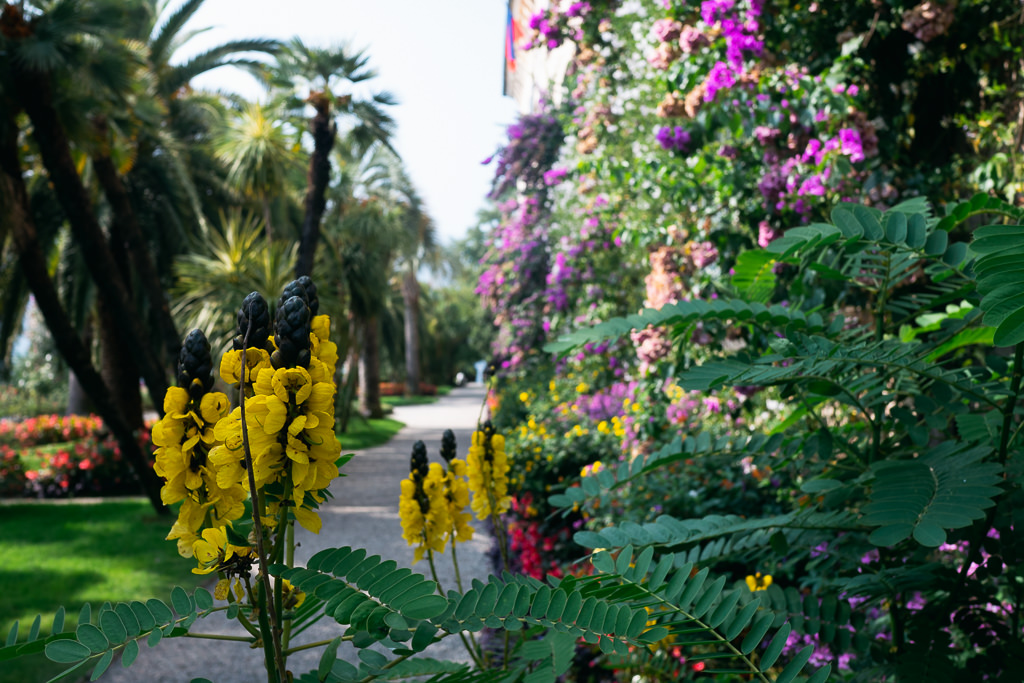
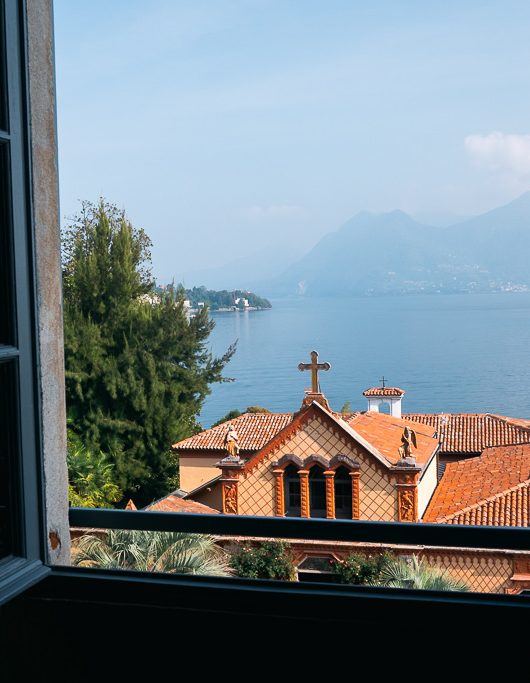
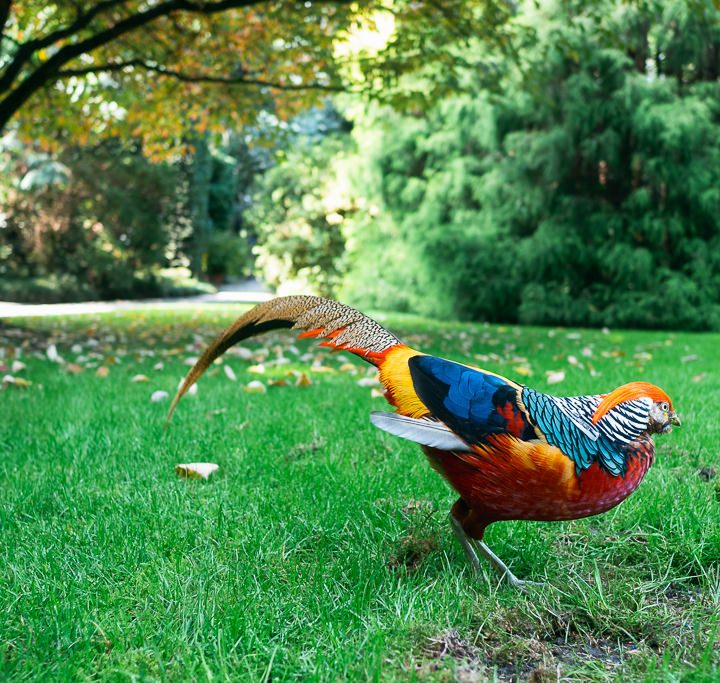
There is also a cliffside convent across the water and a large botanical park south of Stresa, making this a fruitful area to be for sightseeing and walks.
Although Stresa feels a bit past its prime, it is the site of some important history. It’s at the Palazzo Borromeo on Isola Bella that the Stresa Front Treaty was signed in 1935, which was designed to contain Hitler before the start of WW2 (and which obviously failed). Strangely there wasn’t much to learn about this in Stresa itself, but a museum in Locarno offered some interesting historical context.
Train to Locarno, Switzerland
From Stresa, or from any station on the western side of Lake Maggiore, you can catch a train to Domodossola, where you can change to the single-track mountain train to Locarno in Switzerland. It’s a fun day trip to add to your Italy itinerary.
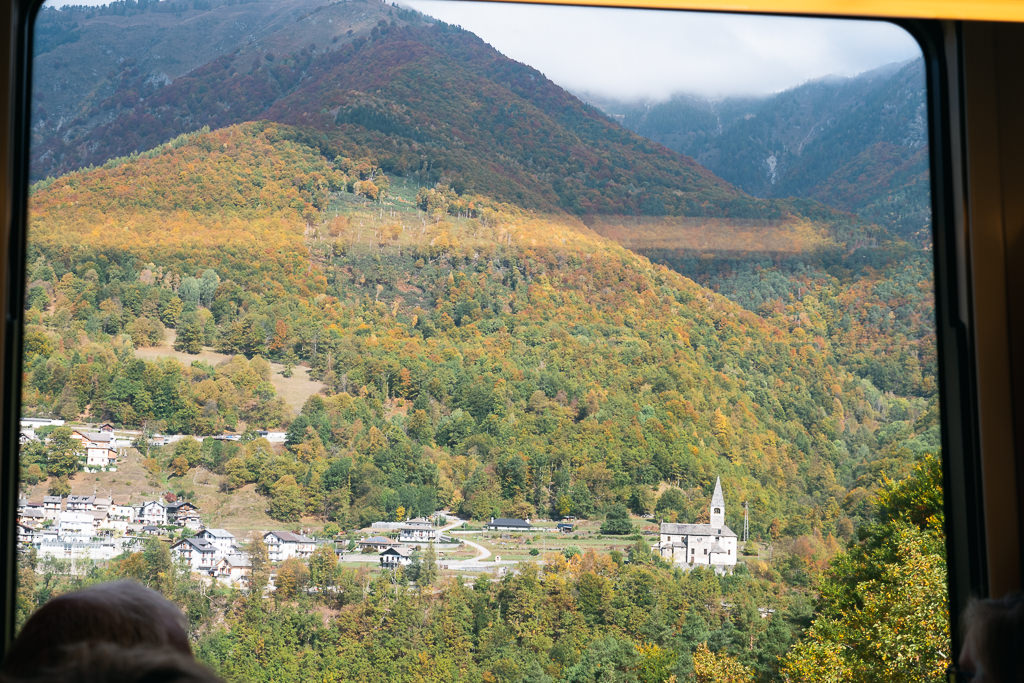
Since I’m an absolute child, I was quite amused by the name of this railway service: the Ferrovie Autolinee Regionali Ticinesi or, yes… the FART.
First, the FART train rips through a valley dotted with Alpine villages. After the first hour or so, the landscapes truly become magnificent, with pine-covered canyons and tall imposing mountains. Finally, the train toots into Locarno station, a Swiss city by the lakeside. You can read more about this journey here.
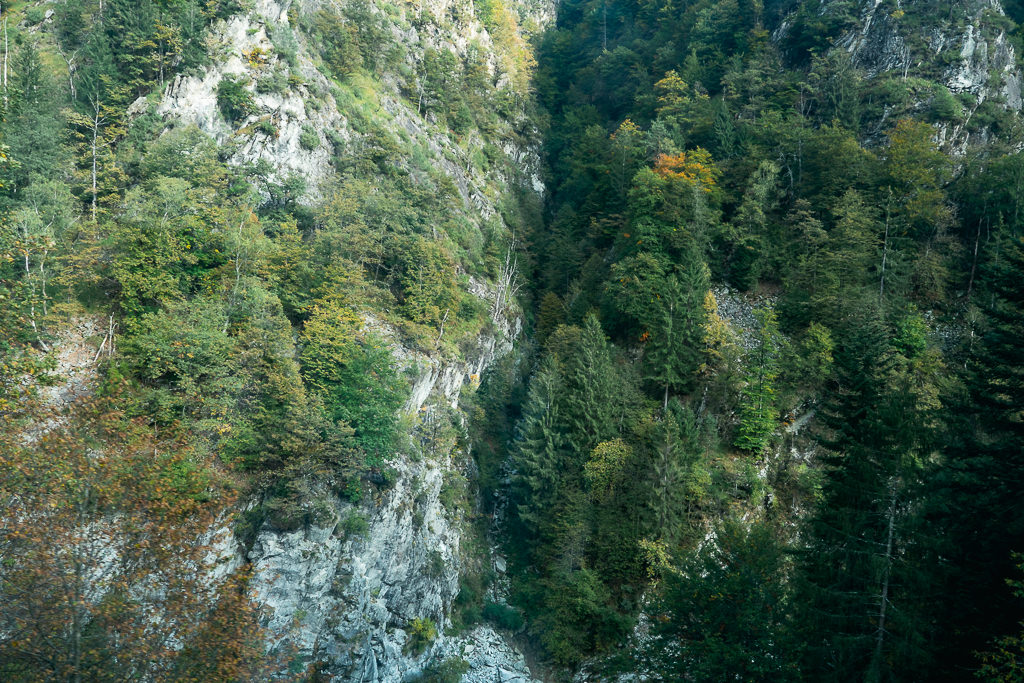
We didn’t think Locarno had much to offer as a travel destination, with few sights or museums of any interest. However, it does make for a nice lunch stop in Switzerland before turning back to Italy.
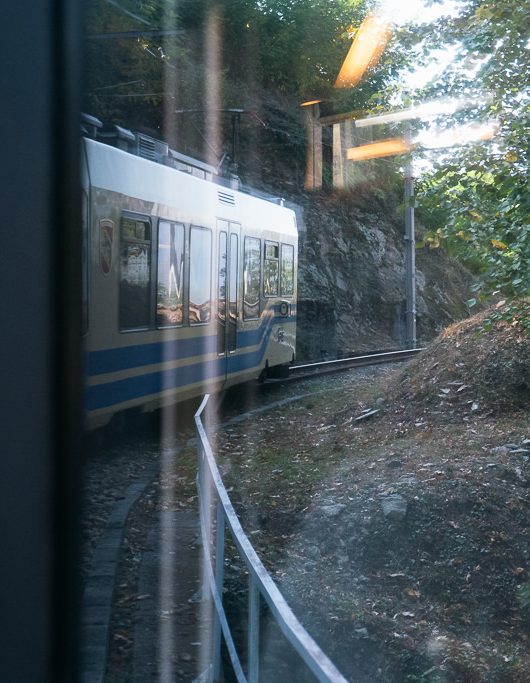
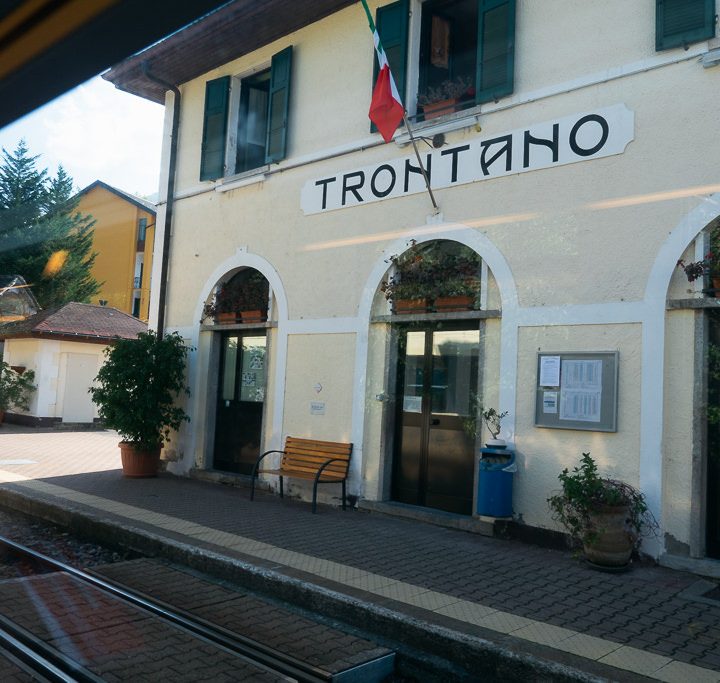
In summer, you can buy a combined FART + ferry ticket marketed as the Lago Maggiore Express. This lets you travel to Locarno by train, then return to Stresa by boat. This is definitely the preferred option, though since we were in Stresa just out of peak season, the boat was already unavailable. Instead of taking the ferry, we came back the same way by train.
As far as I’m aware, you can’t buy tickets for the Lago Maggiore Express or for the FART online. We bought our tickets the old school way: in person at a travel agent just across from the ferry docks in Stresa.
Some links may be affiliate links, meaning I may earn commission from products or services I recommend. For more, see site policies.
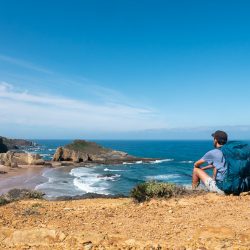
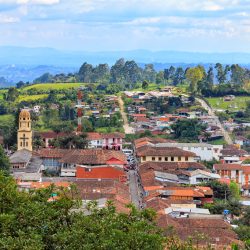




What a fantastic travel blog. Many of these wonderful places are a dream to travel to. Thank you for sharing this stunning places !
You’re welcome!